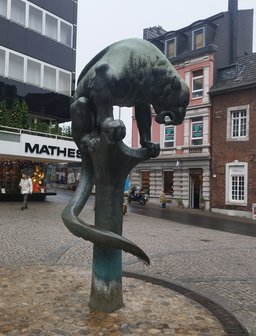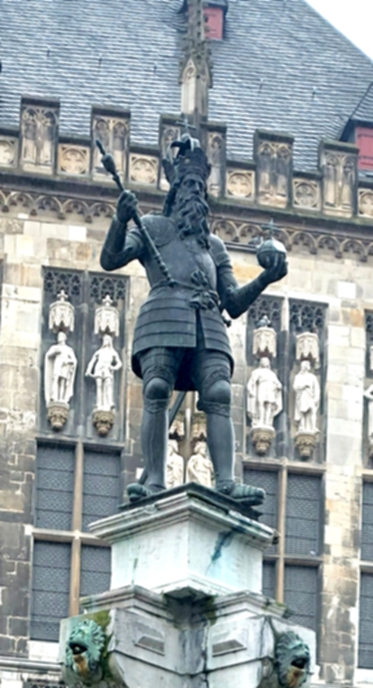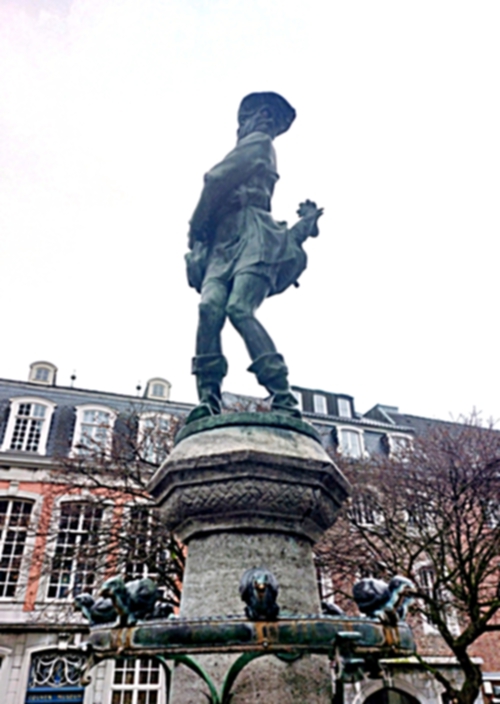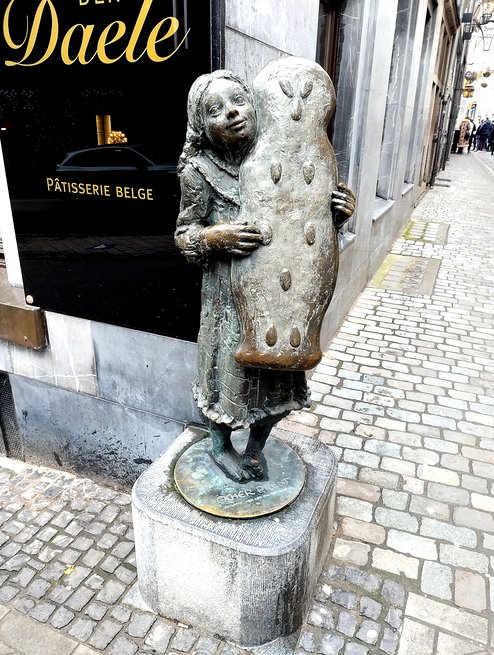statuary geography
It deals with the geographical aspects inherent to the study of works, the cartographic location, the relationship with the geophysical and cultural space that integrates the works, and the geographical displacement itself necessary to observe them., April 16, 2025
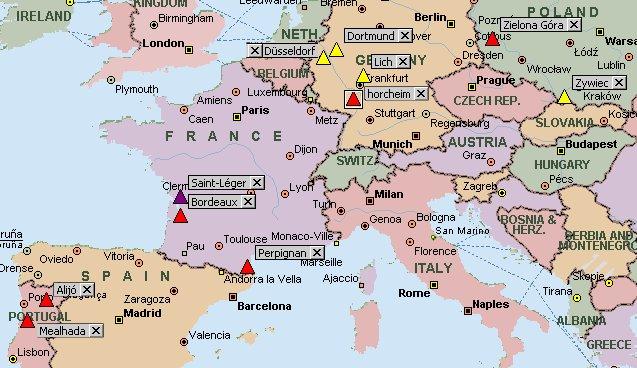

The study and appreciation of urban statuary is strongly linked to geography and meaning. Therefore, we can conceptualize a wide array of statues shedding light on humanities, shaping culture just as much as scientific discoveries and innovations breakthroughs, highlighting World Heritage (cultural heritage and natural heritage), in a given territory. Therefore, Statua Urbana is an artistic source of life and inspiration and a powerful semantic device.
Let's say that the meaning is geographically arranged by means of statues (in the round, carved, cast or even kinetic) depicting the human figure or animals or even plants, sometimes in a scenographic atmosphere within the city setting, serving as a visual language that enhances storytelling, reinforces themes, and evokes emotions in a given territory often as a situated cognition tool.
In addition to statues ‘in the round’ that can be viewed free-standing or against a wall or any architecture background in streets, squares and gardens, there are also the reliefs (high relief and low relief sculpting) in the subcategory statue/ Statua Urbana of the category sculpture used to adorn the urban public space in a meaningful-significant way.
The need for a cartography and an atlas to communicate spatial information about statues not only physical (like GPS according to geographic information science) but also more abstract such as toponyms or political and/ or cultural and linguistic boundaries has to be considered in order to understand the meaning-making in statua urbana and its role in the aestheticization of public space.
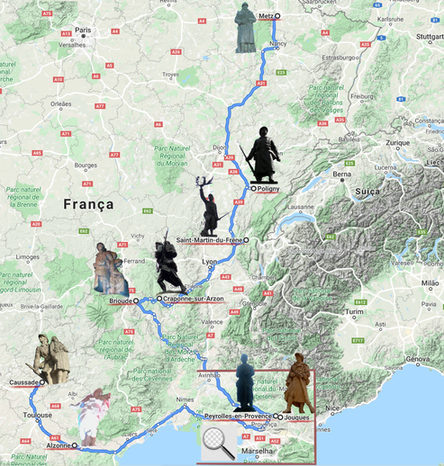
If on the one hand we have in statues geographical markers of meaning, as is the case of the statue of Marx in Trier, signaling the city where the philosopher was born, or the case of the statue of Lisea from Taranto, marking the response of the sacred virgins dedicated to the cult of Minerva Poliade, jumping from the top of the temple, or the monument to wine in the heart of Bordeaux, almost all statues fulfill this function. In addition to the geographical distribution in the different administrative territories and the geographical marker of the meaning of the urban statue, the planning of its study also involves geographical factors, in the layout of routes, in the selection of areas or locations to investigate! It is not just about abstract GPS locations, it is about Human Geography, often resulting from physical geography, climatic conditions, in this sense the statue of "el monkey" of aniz, next to the sand of Badalona beach (Catalonia, Spain) is perfectly integrated! In territories with those geophysical and climatic characteristics, that type of beverage is consumed. In Horchheim (Germany), the geophysical and climatic conditions generated traditional activities, such as those illuminated by the "Hoschemer Käs- u. Weinskulptur" monument. Even in terms of patronage, one can notice the difference between city halls, in terms of ordering, treatment and maintenance and in the promotion of this type of urban cultural equipment. Geography, because it allows the location of phenomena, because it investigates human behavior in the transformations of territories and places, becomes an interesting instrument for the study and observation of urban statue, along with other instruments, such as semiotics and history.
